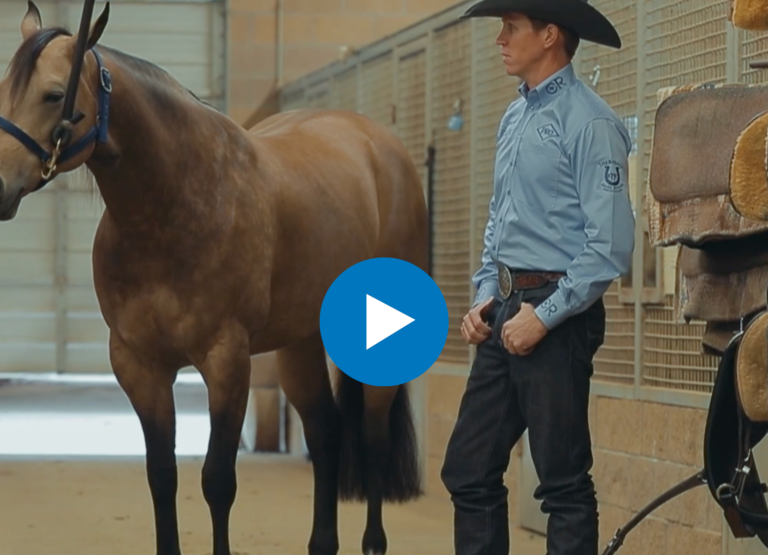By keeping your basic training solid and respectful, you shouldn’t face problems when it comes time to jump in the trailer.
We see a lot about how to resolve trailer-loading problems, but the best method is always to prevent them in the first place. With a little effort on your part, you can keep a good hauler instead of creating and then correcting a bad one.

Maintain Manners/Training
A horse that’s well-trained, good-mannered, and responsive will almost always load more easily than one that’s less obedient, has holes in his training, and/or has bad manners overall. If you think about when you see a horse that refuses to load, it’s usually one that, even away from loading, is untrained, drags on the lead line, doesn’t pay attention, and/or isn’t responsive to a go-forward cue.
A better-mannered horse—whether that’s standing tied, leading, or loading—will always be easier to handle, even when he’s skittish or bothered by a situation.
Make It Comfortable
In some cases, a well-trained horse has a bad experience that sours him on loading. By considering your horse’s comfort in the trailer, you can avoid many negative situations. Back when I started training horses, we’d haul them loose in a stock trailer. They never stood side-by-side, facing the front; instead, they’d all face toward the back of the trailer. Today’s slant-load trailers allow a horse more comfort and better balance.
Additionally, we keep our trailers bedded with shavings for extra comfort on top of the trailer’s mats. And we keep hay in front of them for every ride—especially long hauls.
Keep It Safe
Haul known barn buddies beside each other, and always separate those that don’t get along. We turn out our horses together, so we can see who’s friendly with another horse and the ones that tend to not get along. This helps us avoid conflicts in the trailer that can cause safety problems.
We give them room to brace back against the lead rope when tying in the trailer. This is unless a horse has shown us he needs to be snubbed tight. But not so much that he can turn his head back around or step a leg over the lead.
Full partitions (often called stud panels) are useful for hauling stallions. They are also useful for those horses that can be problem haulers and can cause a good hauler to go bad. Also consider if you have a larger horse to load him into the larger slot, if you have one.

Drive Safely; Pay Attention
When I haul a trailer, I can feel every horse as we go down the road. I pay close attention to what’s happening behind me. This is so I can avoid safety hazards and so I can pull over if things get dicey. When I drive, it’s slow, smooth, and safe. I want to make every stop, turn, speed change, etc., as unnoticeable as possible to my horses. Driving with care keeps horses comfortable and confident with hauling.
3 Basic Reasons Why Your Horse Should Load Into the Trailer
Be Prepared
When I first went into business, I offered hauling services for mares coming to be bred to my stud. These mares weren’t in training with me. More than a few of them were tough to load, and sometimes they came with a foal that had to be hauled alongside the mare. I learned that being prepared was key to helping horses load. Even those that lacked the training and responsiveness of my own horses. Every time I went out to pick up a mare, I brought a lariat rope, a long lead rope, and a buggy whip without a popper.
With the lariat rope, I could create a butt rope to place behind the horse’s rear end to encourage her forward. A long lead could be used as a longe line to work a horse away from the trailer to make loading seem easier than working. But note that the horse must be trained to longe for this to work. The buggy whip without the popper could encourage a horse forward without wrapping around the horse’s legs.
These tools are safe and easy to use. But, the real key to having an easy loader is to have a properly broke horse to begin with. Solid training, good trailer experiences, and safe driving go a long way toward stress-free loading and hauling.







